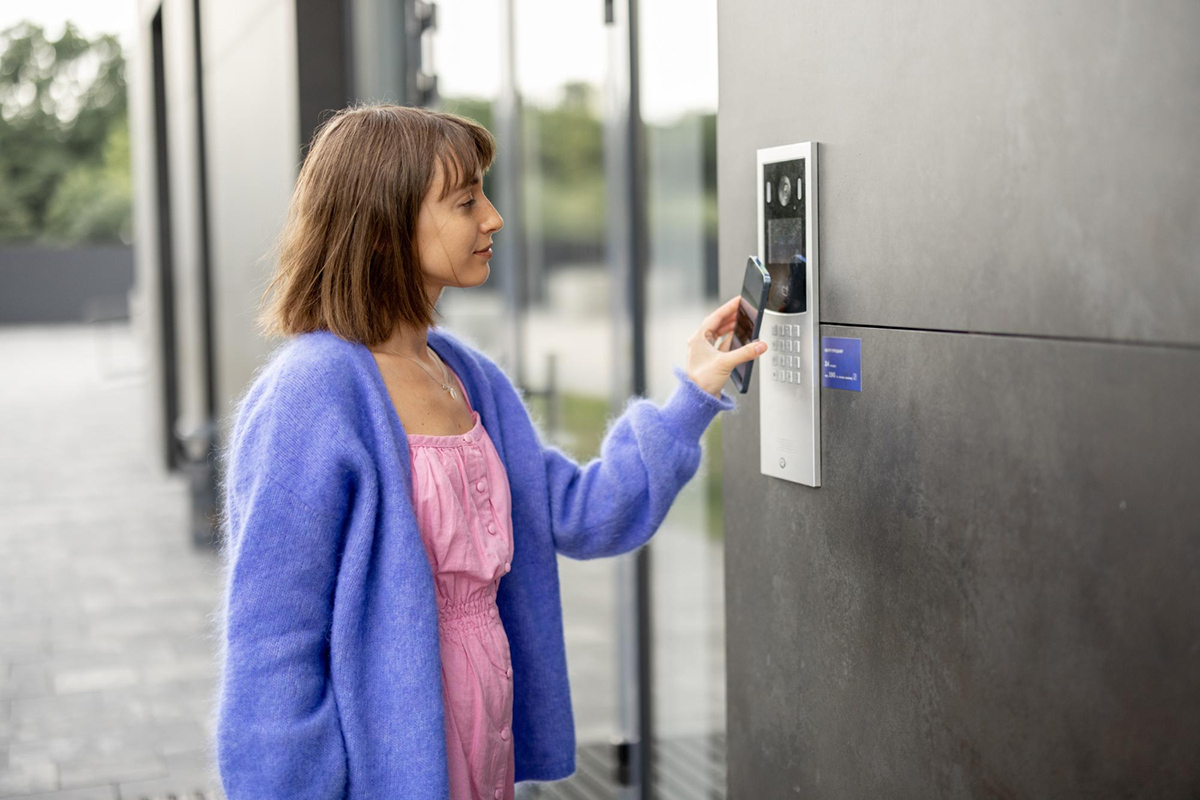Your Complete Guide to Access Control Design for Communities

When it comes to designing a community's access control system, there are many factors to consider. These systems are vital in maintaining the security of the community and ensuring that only authorized individuals can gain access. With advances in technology, access control design has become more flexible and efficient than ever before. However, with so many options available, it can be challenging to determine which system is the best fit for a particular community. In this blog post, we will provide you with a comprehensive guide to access control design for communities, including the different types of access control systems, features to consider, and important factors to keep in mind.
Types of Access Control Systems
As the market for access control technologies has grown, so too have the options available. Here are some of the most common types of access control systems.
- Keypad Systems
Keypad systems require an individual to enter a code to gain access to a facility. While effective, the codes can be easily shared, and if a keypad is placed in an easily accessible area, anyone can gain immediate entry.
- Card Readers
Card readers are similar to keypad systems, but they require users to swipe or insert an access card instead of entering a code.
- Proximity Readers
Proximity readers work by detecting the proximity of an access card or key fob. These systems are popular because they allow a user to approach a reader and gain access without physically swiping a card or entering a code.
- Biometric Systems
Biometric systems use unique physical characteristics like fingerprints, retinal patterns, and facial recognition to identify users. They are highly secure, but more expensive than other types of access control systems.
Features to Consider
- Expandability
A good access control system should be expandable and able to integrate with other systems like video surveillance, alarm systems, and intercoms.
- Compatibility
Ensure that the system is compatible with the community's existing communication and security systems.
- Reporting Analytics
Access control systems capture valuable data like user traffic and entry times. Utilizing this data can help community owners optimize their access control system and improve their security.
Important Factors
Integration with Emergency Response Plans: A good access control system should be able to integrate with emergency response plans to account for situations like fires and other emergencies.
- Training
It is essential to provide staff with proper training on how to use the system. This includes how to issue and revoke access to users, navigate the software, and recognize potential security issues.
- Compliance
Ensure that the system is compliant with current technology and security standards.
Conclusion
Designing an effective access control system for your community is a critical step in ensuring its safety and security. The right system can help prevent intrusion, minimize risks, and provide peace of mind to residents. At Safehouse Systems, our team of experts specializes in providing reliable and efficient access control solutions for communities. Don't hesitate to contact us today to learn how our gatehouse software solutions can be the perfect fit for your needs.